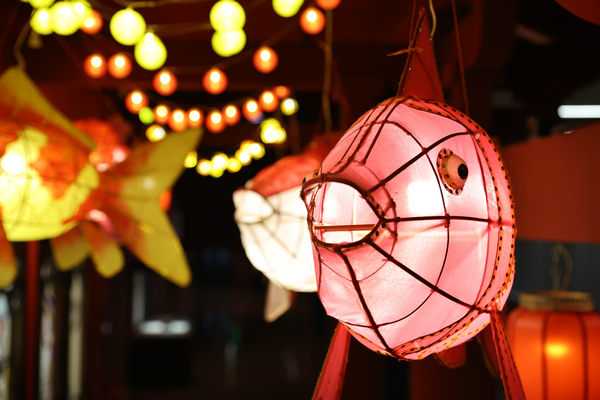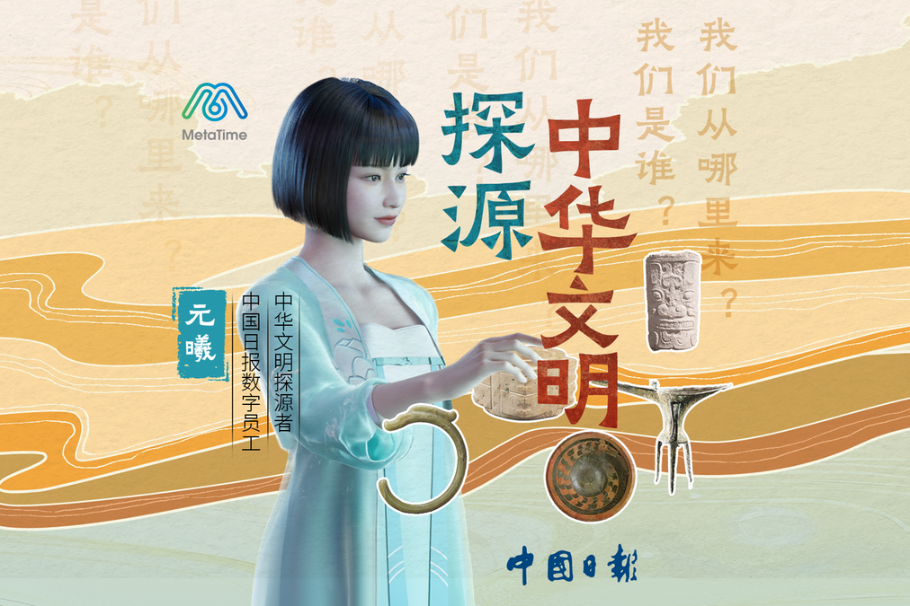Exhibition frames New Year pictures
Guangdong Museum explores images and reason behind activity associated with ushering in a fresh era, reports Li Wenfang in Guangzhou.


As Spring Festival approaches, the ongoing exhibition of traditional Chinese New Year pictures at the Guangdong Museum provides an artistic and cultural angle for understanding this important event.
Traditionally, New Year pictures are acquired and displayed in homes and other places to celebrate Chinese New Year.
The more than 300 pictures, and woodblocks used for making such pictures, at the exhibition come from museums and publishers in Foshan, Guangdong province; Taohuawu in Suzhou, Jiangsu province; Yangjiabu village in Weifang, Shandong province; Zhuxian town in Henan province; Mianzhu, Sichuan province; Wuqiang county, Hebei province and Tianjin's Yangliuqing township.
Among them, the history of New Year pictures from Zhuxian town in Henan province can be traced back to Kaifeng, the then capital of the Northern Song Dynasty (960-1127).
New Year pictures mostly reached their peak during the Qing Dynasty (1644-1911) in the aforementioned places that have contributed exhibits.
The exhibition at the Guangdong Museum in Guangzhou, Guangdong province, is themed on immortals, people, life and customs, and legends.
Traditionally, the preparations for celebrating the New Year start in the 12th lunar month. Late in the month, the picture of zaoshen, the kitchen god, is displayed in the cooking area for good luck in the new year, according to the organizer of the exhibition.
On Lunar New Year's Eve, pictures depicting menshen, or door gods, appear on front doors to guard the house from evil spirits. Door gods were initially pictured in a military style, but started to also feature figures resembling civil officials during the Ming Dynasty (1368-1644).In the Ming and Qing dynasties, celestial beings and auspicious animals also found a position on the door.
When the new year descends, images depicting gods of luck, fortune, longevity, happiness and wealth adorn houses.





































